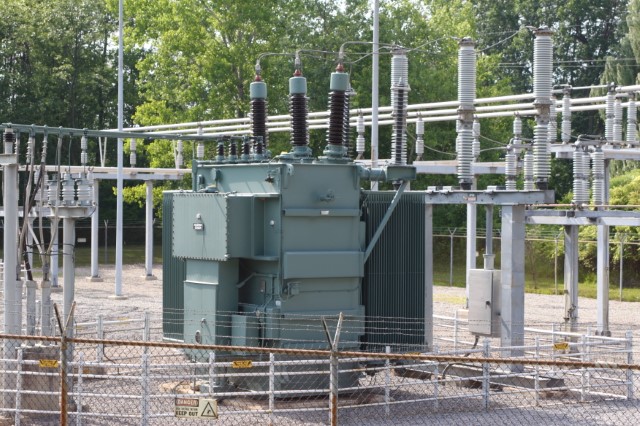
Generation Availability Data System (GADS) is a mandatory industry program for conventional generating units that are 20 MW and larger. Section 1600 of the North American Electric Reliability Corporation (NERC) Rules of Procedure clearly states that the generation data is collected under GADS. NERC introduced GADS in 1982 as a series of databases used to voluntarily collect operating information on the performance of electric generating equipment. In June 2010, the NERC Planning Committee created the Generation Availability Data System Task Force (GADSTF) to review the GADS data and determine whether reporting should become mandatory. The task force determined that missing capacity from newer units and technologies led to inadequate data for conducting reliability studies. Therefore, the NERC Board of Trustees ultimately approved mandatory GADS reporting for conventional generating units.
Today, NERC’s GADS maintains operating histories on more than 5,000 generating units in North America,
and GADS is recognized as a valuable source of reliability information for total unit and major equipment
groups and is widely used by industry analysts in a variety of applications. This valuable source of reliability,
availability, and maintainability information includes unit design data, monthly performance data (including
hours of availability and power produced), and events data. Through GADS, NERC and the six Regional
Entities (of which MRO is one) collect information about the performance of electric generating equipment and
provide assistance to those researching information on power plant outages. GADS also supports equipment
availability analyses and other decision-making processes in the industry. This data is collected throughout
the year on a quarterly basis and allows Regional Entities to identify any significant trends in a timely manner.
GADS data is used in NERC’s State of Reliability Report analyzing the Equivalent Forced Outage Rate (EFOR)
by region and generation type, and the top causes of forced outages. MRO also includes GADS data in
regional seasonal assessments to analyze the major forced outage contributors and the impacts of top events
on regional bulk power system reliability.
The ERO Enterprise’s mission is to identify, prioritize and assure effective and efficient mitigation of risks to the
reliability and security of the North American bulk power system. Accurate data reporting in a timely fashion
supports ERO Enterprise efforts and is crucial to the success of our mission. In order to assist utility personnel
in reporting information to GADS, NERC developed GADS Data Reporting Instructions (DRI). The GADS
DRI document details the procedures, format, and frequency to follow when reporting data to GADS. The
DRI document has several sections, and each section highlights a particular area of data to report to GADS .
Section II describes the three general types of data to be reported to GADS: event, performance, and design.
Sections III and IV provide the details for the event and performance reporting requirements, respectively.
Section V describes the format and procedure to follow when reporting design data to GADS.
With significant changes to the resource mix, wind generation data plays a very important role in resource
adequacy analyses. Wind data reporting became mandatory on January 1, 2018, for 200 MW or larger. As
of January 1, 2020, wind data reporting is required from wind plants with total installed capacity of 75 MW or
larger. GADS Wind reporting is more data intensive and on a separate platform. The details of the GADS Wind
reporting tool will be included in a separate article.
– Dianlong Wang, Sr. Power System Engineer, P.E.